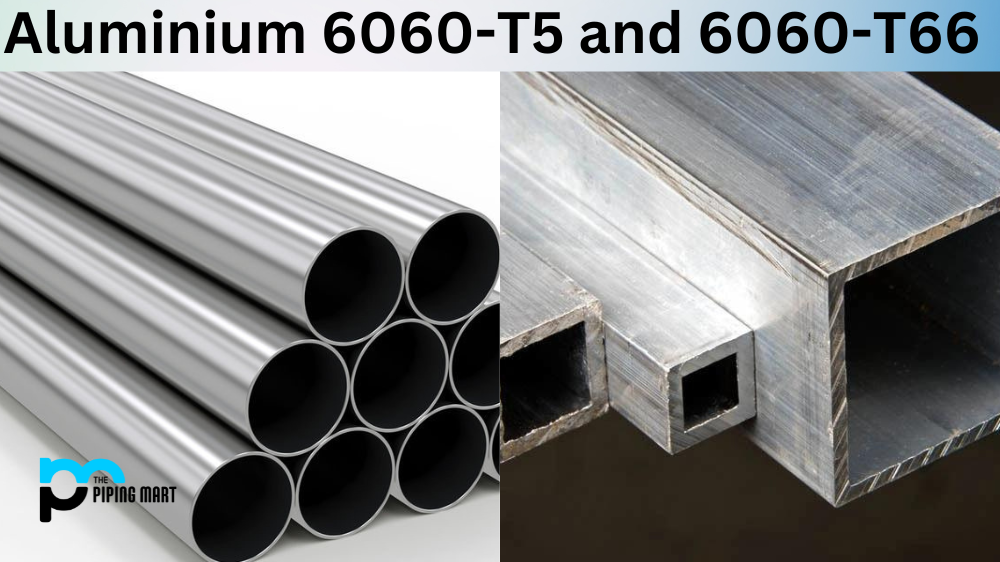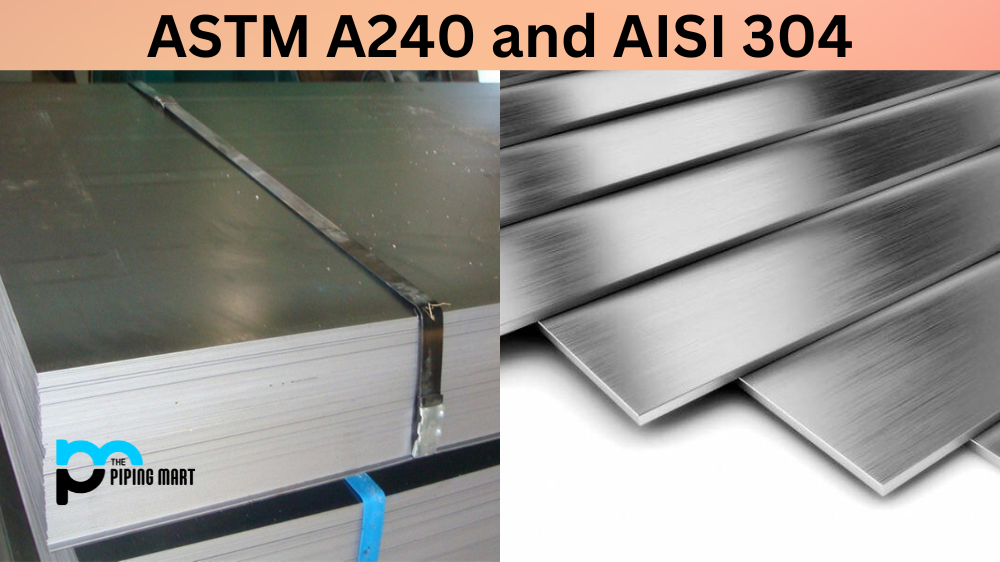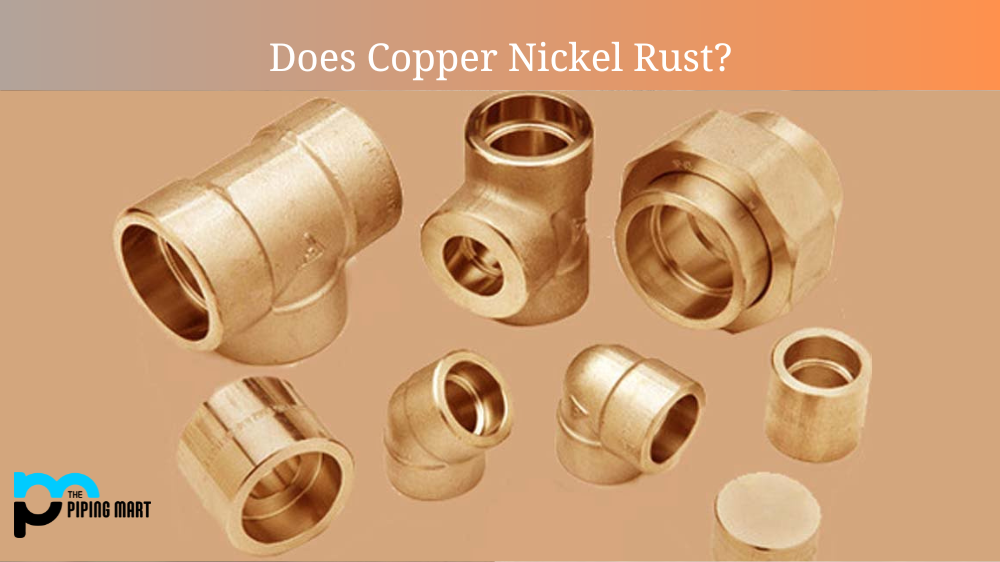Aluminium is a popular metal appreciated for its high strength, lightweight and corrosion resistance. Various alloys of aluminium are available in the market, including 6060-T5 and 6060-T66. This blog post will explore the differences between these two alloys and help you understand their unique applications and benefits.
What is Aluminum 6060-T5?
Aluminium 6060-T5 is a temper designation indicating that the alloy has been further treated and processed. The “T5” stands for “Artificially Aged” and indicates that it has undergone a heat treatment process to increase its strength. This treatment involves immersing the material in a hot water bath to allow for natural cooling, after which it is artificially aged to get the desired strength properties.
What is Aluminum 6060-T66?
Aluminium 6060-T66, on the other hand, stands for “Solution Heat-Treated and Artificially Aged.” The main difference between T5 and T66 is the tempering process. T66 undergoes a two-step process that involves heating the material at high temperatures and quick cooling, followed by natural cooling to get the desired strength properties.
Differences Between Aluminum 6060-T5 and 6060-T66
The main difference between T5 and T66 lies in the tempering process. T66 is stronger than T5 and has better angular accuracy and straightness. It is suitable for applications that require high-transverse and centroid axis strengths, such as in ladders and scaffolding, structures that carry heavy loads, and heavy machinery. T5, on the other hand, is a good option when the specific tensile strength is not a critical factor in its application, such as in window frames, furniture, and architectural components.
Chemical Composition
The main difference between 6060-T5 and 6060-T66 is their chemical composition. 6060-T5 aluminum contains 0.6% magnesium, 0.3% silicon, 0.2% iron, 0.1% copper, 0.05% manganese, and trace amounts of zinc, titanium, chromium, and other elements. 6060-T66 aluminum contains the same amount of magnesium and silicon, but slightly less iron and copper. It also contains 0.04% zinc and 0.01% titanium.
Strength
6060-T5 aluminum is stronger than 6060-T66 aluminum due to its higher iron and copper content. However, both alloys are considered to be medium-strength aluminum alloys.
Corrosion Resistance
Both 6060-T5 and 6060-T66 aluminum alloys offer good corrosion resistance thanks to their magnesium content. However, 6060-T66 aluminum has better corrosion resistance due to its higher zinc content.
Weldability
Both alloys are readily weldable using any standard welding process (arc welding, MIG welding, TIG welding).
Uses
6060-T5 aluminum is typically used in extruded shapes such as tubing, angles, channels, and profiles for architectural applications such as window frames and door frames. It is also used in automotive components and electrical enclosures. 6060-T66 aluminum is typically used in forgings for aerospace applications such as landing gear and structural components.
Conclusion
In conclusion, Aluminium 6060-T5 and Aluminium 6060-T66 have unique advantages and applications. The key takeaway is that T66 is stronger and more suitable for heavy-load-bearing applications, while T5 is an excellent option for applications that do not require high tensile strength. Depending on your specific application and needs, selecting the right temper can help you make the most of the unique properties of this popular metal. In conclusion, understanding the differences between Aluminium 6060-T5 and 6060-T66 is crucial. It helps you make an informed decision on which option is suitable for specific applications. By considering the unique advantages of each, you can enjoy the benefits of using aluminium as a lightweight, strong, and corrosion-resistant material in various applications.

Hey, I’m Krutik, a casual blogger expert in the metal industry. I am passionate about providing valuable information to my readers. With a background in engineering and construction, I like playing Cricket & watching Netflix shows in my free time. Thank you for visiting my blog, and I hope you find my information helpful!




